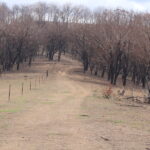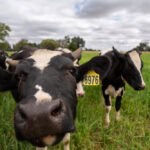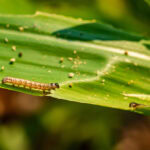NSW Farmers is inviting all farmers hit by the 2019/2020 bushfires to fill in a…
Watching out for our precious water
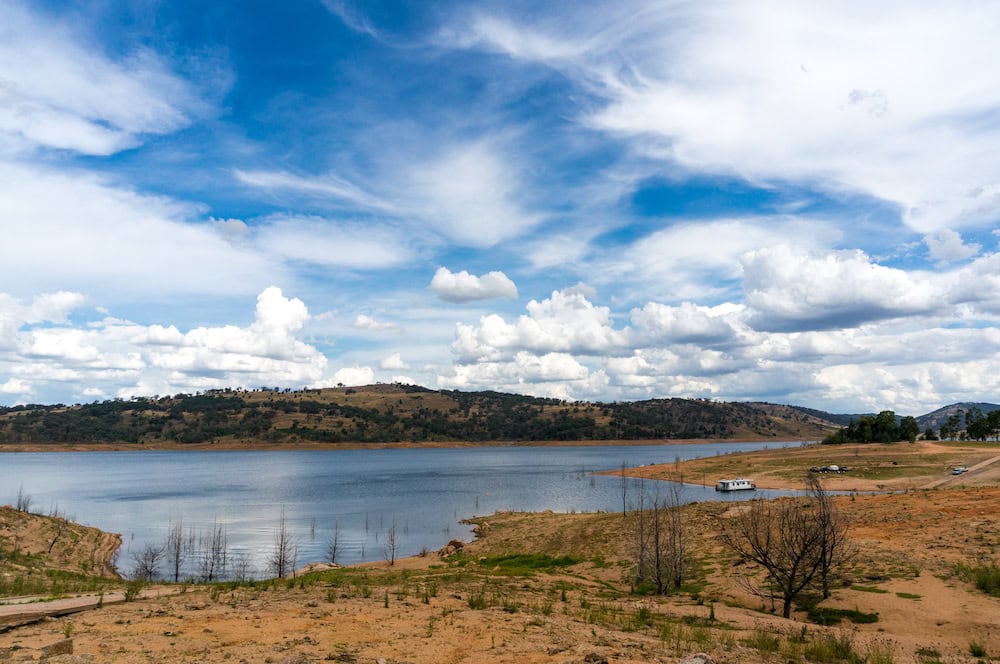
For most farmers a rain gauge is one of the most important tools, and these days they are quite sophisticated. They are not just a container nailed to the fence post but rather an electronic device operating on Bluetooth which provides progressive rainfall read-outs, humidity levels, dew concentration, wind speeds and temperatures.
They have been working hard of recent time. Rain gauges which had stood dry for years in some cases, were overflowing. There were days when areas of NSW had up to 200mm in one day, and in many parts, more rain than we have had in years.
It has been a time to celebrate.

However, we can’t forget that we live on the driest continent on Earth. Two years of La Niña weather patterns and climate change have brought the east coast of Australia drenching rains but there is no room for complacency. We know that the spectre of drought is not far away.
A spokesperson for NSW Department of Planning, Industry and Environment (DPIE) explains the severity of the drought in some regions: “The 2017-2020 drought was the worst on record for most of the state’s key rural valleys.
“During the drought, many regional towns faced severe water restrictions, with some coming dangerously close to running out of water entirely. Dams were at record lows and farmers and irrigators saw some of the lowest allocations ever.
“The town of Walgett was among the worst hit, recording no flows for 364 days, marking the longest cease-to-flow period ever recorded in the Barwon Darling River.
“Water sources across the state hit record lows, with Wyangala Dam falling to just 8 per cent capacity, Burrendong Dam dropping to 1.5 per cent capacity and the Menindee Lakes left virtually empty with only 1 per cent capacity.”
Preparing for El Niño
The Bureau of Meteorology predicts changes in rainfall patterns with a steady decline in summer, winter and spring rains, but with a rise for autumn falls.
New strategies are needed to safeguard the resource.
A lot of work is going into solving the problem which will inevitably arise as La Niña turns into El Niño and the abundant rain patterns ease. The fact is, without water there will be no food from the farms and therefore the equitable sharing of this precious resource has to be high on the agenda for both regulators and government.
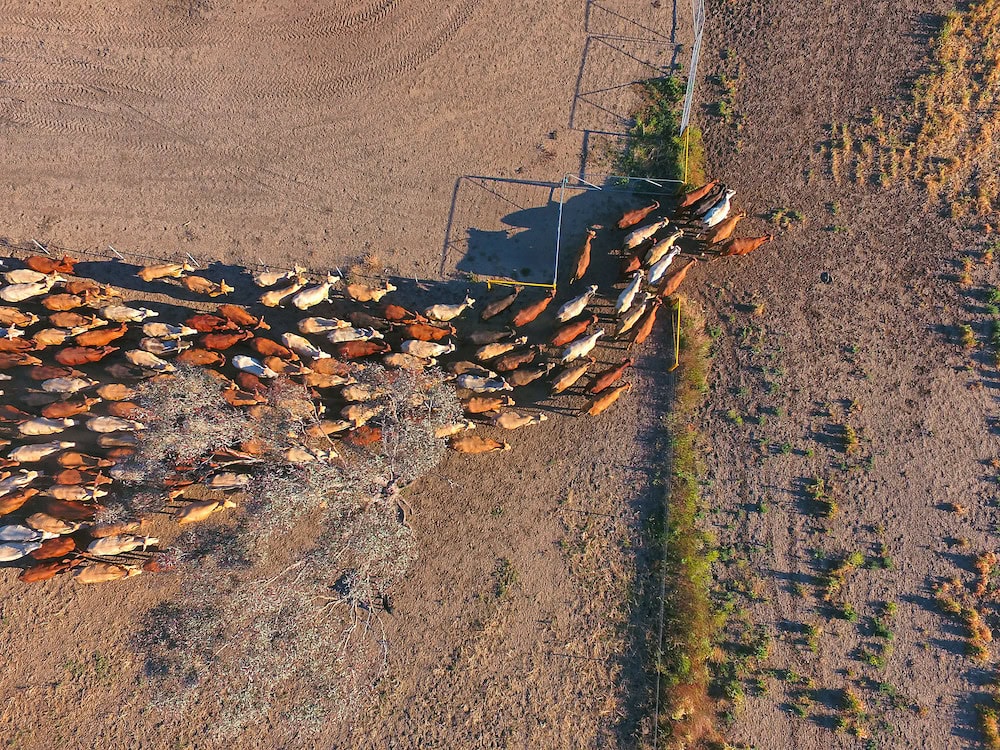
The jury has been out on some of the past water management policies on our major rivers and catchment areas which have highlighted some questionable practices in distribution.
That is history and now is the time to review and revitalise where necessary.
A fresh new strategy
In September 2021 the NSW Government launched the NSW Water Strategy – a 20-year blueprint to deliver resilient and sustainable water resources to communities across the State.
As part of that plan the NSW Department of Planning, Industry and Environment is focussing on 12 regional areas including Greater Hunter, Macquarie-Castlereagh, Lachlan, Gwydir, far North Coast, Border Rivers, North Coast, South Coast, Namoi, Western, Murrumbidgee and Murray.
Strategic investments are being made to upgrade the water capacity in these areas and therefore supply it to farmers and residents.
The review will look at the latest climate evidence, and work with stakeholders like farmers, water service providers, Aboriginal communities, local councils, and other interested communities across NSW to plan and manage the water needs in each NSW region over the next 20 to 40 years.
Kevin Anderson, NSW Minister for Lands and Water, said the importance of upgrading the State’s water management ahead of a potential dry period could not be overstated.
“I know the importance of water to regional communities, for everything from farming and agriculture, secure town water and the environment,” he says.
“Since I have taken up the responsibility as Minister for Lands and Water, I have been pushing hard to fast-track critical water infrastructure in NSW. This includes the Dungowan Dam, which I have been working hard to get moving, to get shovels in the ground and I believe we have made significant progress.
“It is very important that we get the balance right when it comes to water and making sure our farmers are treated fairly and equitably.”
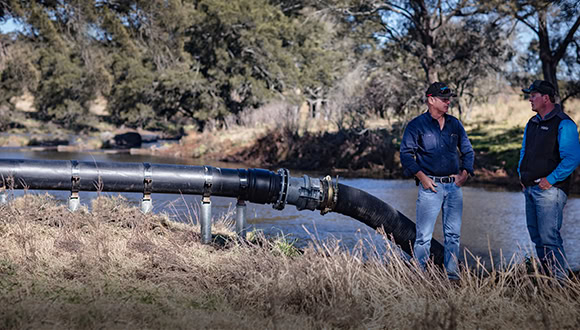
All States and Territories are working to develop water programs that deliver an equitable distribution of water to farmers and city dwellers alike. The inevitability of a future drought is now spurring all administrations along.
In NSW, the Department of Planning, Industry and Environment is leading the charge.The Department is exploring new storage and pipeline options, desalination, water efficiency, additional groundwater schemes and recycled water options, among many other diverse and innovative solutions.
“These strategies will help us prepare for future extreme events to manage the risk to communities and industry,” the spokesperson said. The strategy is underpinned by climate modelling working towards improved water efficiency. The department also believes the implementation of the consulting work and the development of a strategic direction will guide how, where and when future investment is made in water infrastructure.
Metering our precious water resources
Strong lobbying from many farmers has resulted in better metering systems providing for smart, robust, accurate and consistent measurement.
The non-urban metering rollout is based on national non-urban metering standards, agreed by all Australian states and territories in 2009 and reaffirmed in 2018. The roll out has been underpinned by investment from NSW government including $18 million rebate to encourage users to adopt the telemetry program.
It is important to know that the non-urban metering reforms will be enforceable from December 1, 2022 in the Southern Inland and from December 1, 2023 in Coastal NSW.
Telemetry technology allows near-real-time monitoring of water use. These metering systems upload and transmit water use data, including extraction, flow and storage readings to the Natural Resources Access Regulator (NRAR), WaterNSW and the NSW Department of Planning and Environment (DPE).
All this means water users can get instant access to their water information via a personal dashboard, NRAR can ensure water is being used according to the rules, and the NSW Government can make sure everyone’s water rights are being protected and water users and the environment are getting their fair share.
There are a range of support programs farmers can access around the purchasing of metering equipment, including instant tax write-offs, as well as the NSW and Commonwealth Government’s telemetry rebate of $975 for telemetry units.
Irrigation Australia has been ramping up its training and certification program for meter installers, with the number of meter installers growing from around 30 in 2018 to around 160 today, with another 40 undergoing training.
“Whether you use a little or a lot of water, every drop needs to be measured,” the DPE
spokesperson says.
“If you can’t measure it and monitor it, you can’t manage it, which is why we’ve committed to rolling out a modern, transparent and consistent metering policy across NSW.
“Metering also provides farmers and irrigators with vital, up-to-date information on their water usage.”
The Government has made changes to its water management regulations to give legal effect to its Floodplain Harvesting Policy.
The amended regulation has created an enforceable regulatory framework for floodplain harvesting which will allow accurate measurement of the amount of overland flow taken by licensed floodplain harvesting water users, and ensure it remains within sustainable limits.
“Our floodplain harvesting policy is an Australian first, allowing us to measure this historically legitimate form of water take and ensure it remains within the legal limits,” the spokesperson said.
“This reform offers significant benefits to both water users and the environment. By licensing floodplain harvesting and returning the water drawn from floodplains to legal limits, we are returning water to rivers and floodplains.
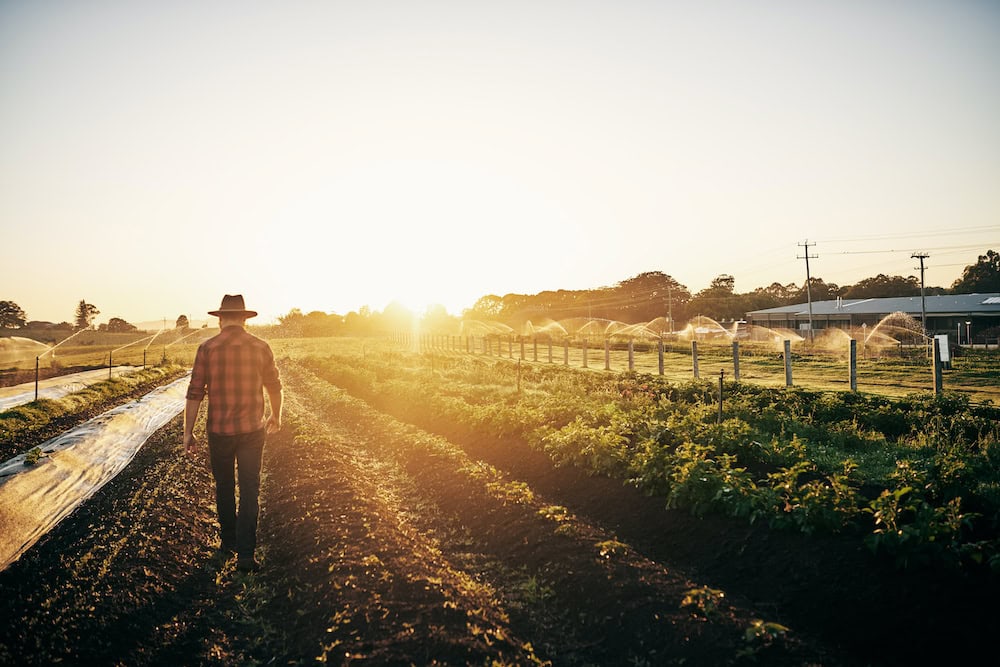
“Water is our most precious resource, and the NSW Government is ensuring northern basin water users, downstream communities and the environment continue to benefit from our river systems in a sustainable way.
“The reform will also provide certainty to farmers and communities who rely on floodplain flows.”
Delivery of precious water projects is critical
A key element in the upgrade of NSW’s water management and retention programme is Water Infrastructure NSW (WINSW)– an organisation established in November 2020 to lead the development and delivery of key water infrastructure projects and programs across the state.
Since its formation, Water Infrastructure NSW has secured around $500 million in Australian Government funding to accelerate the delivery of critical water projects.
Some key projects in planning or currently underway include, the Belubula Water Security Project, a new pipeline to transfer water between Lake Rowlands Dam to Carcoar Dam when storage is full or spilling to improve water security for the Belubula Valley, as well as the option to increase the height of the Lake Rowlands dam by 2.2 metres.
WINSW is also working on options to improve water security for the Macquarie-Wambuul and as part of this is investigating storage to replace the existing Gin Gin Weir near Dubbo which is now more than 120 years old and currently restricts native fish species from moving along the river.
One of the options being considered has the potential to hold an extra six gigalitres, and increase water availability by up to 17 gigalitres a year in the Macquarie-Wambuul region.
A significant amount of development work being carried out to progress the Wyangala Dam Wall Raising Project, which is expected to increase storage capacity from 1,217 gigalitres to 1,867 gigalitres and will significantly improve water security across the Lachlan Valley.
Construction has begun on the first stage of the new 55km underground Dungowan Dam Pipeline which will deliver greater water security to residents in Tamworth and the Peel Valley.
Stage one of the Dungowan pipeline construction is starting early February and is expected to take up to 18 months to complete.
If you enjoyed this feature on water, you might want to read our feature on biodiversity schemes that farmers can be paid for.


